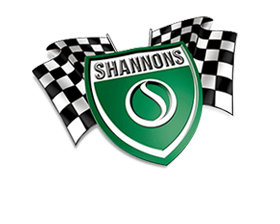1950 Armstrong Siddeley Whitley Sports Saloon
Result: PASSED IN
Specifications
| Engine | In-line six-cylinder, 2300cc |
|---|---|
| Gearbox | Pre-selector |
| Body Work | Sedan |
| Colour | Corinthian Green |
| Interior | Green |
| Trim | Vinyl |
| Wheels | Steel Disc |
| Brakes | Drums |
Description
The complex history of Armstrong Siddeley dates back to the formation of Siddeley Autocars by John Davenport Siddeley in 1902, whose Coventry works turned out cars closely modelled on contemporary Peugeots. After merging with Wolseley in 1905, Siddeley resigned in 1909 and formed a new concern, Siddeley-Deasy, which then went on to produce cars, trucks, ambulances and even aero-engines during the Great War. When hostilities ceased in 1919, the Armstrong Whitworth Development Company took over and began marketing a new range of Armstrong-Siddeley motor cars, establishing a reputation for building high quality automobiles in the years leading up to the Second World War. At the war’s end, Armstrong Siddeley were one of the first British manufacturers to introduce new models, with the appropriately named Hurricane and Lancaster released in the first half of 1945, emphasising the firm’s aviation links. Boasting all new independent front suspension, these two models shared the same underpinnings, powered by an overhead-valve 2-litre six-cylinder engine rated at 16 horsepower. In 1946 a third model was added to the range, the Typhoon being in essence a fixed-head version of the Hurricane. With most early post-production earmarked for export, Commonwealth countries like Australia and New Zealand proved popular destinations and the unique Station and Utility Coupe models were aimed squarely at farmers on either side of the Tasman. Armstrong Siddeley further expanded the model range, adding the razor edge Whitley (named after the bomber) saloon in time for the 1949 Earls Court Motor Show, made in-house with extensive use of aluminium. Only sold with the more powerful 18hp engine (with a bore of 70mm and stroke of 100mm for a total capacity of 2.3-litres), the Whitley proved a popular addition to the range and was updated in 1952 to a six light body style, remaining in production until 1954. Almost 12,500 16hp and 18hp cars were made in total (including 2,582 Whitley saloons), establishing the Armstrong Siddeley name around the world and setting the firm on a good footing for the duration of the 1950s.













